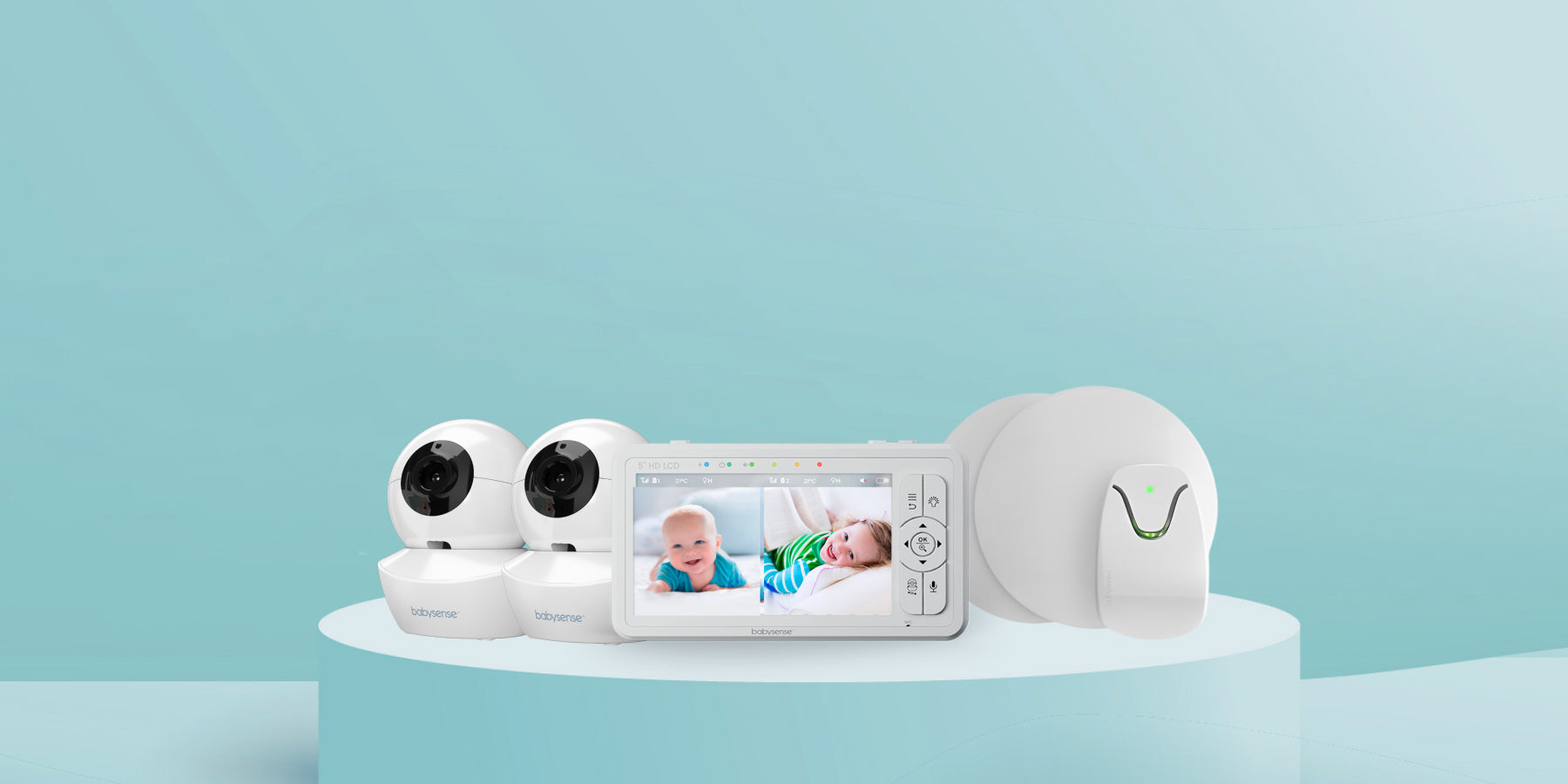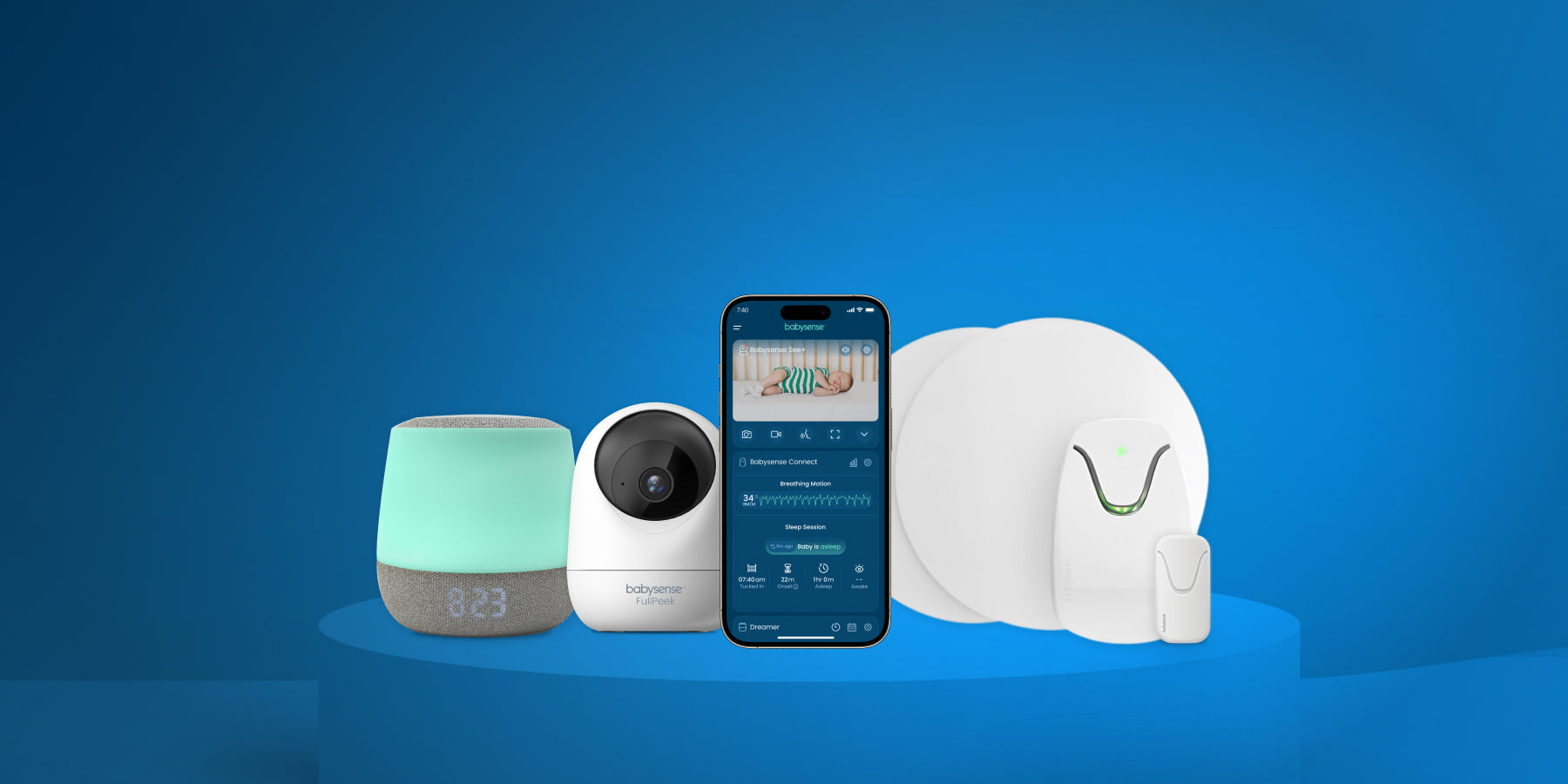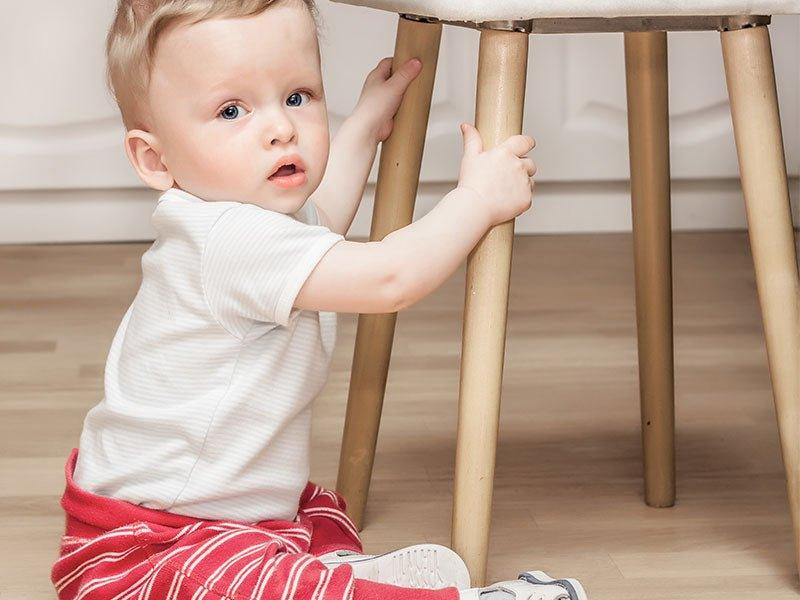Over 200 viruses can cause a cold; hence it is called the “common cold”. Colds are caused by a group of viruses with the Rhino virus being the most common. These viruses have the ability to change, making it difficult to build 100% immunity. Children average 3 to 8 colds per year and they will continue getting them throughout childhood. Colds can occur year-round, but they mostly occur in the winter.
The 3 most frequent symptoms of a cold are: Nasal congestion, runny nose and sneezing. Young children also often run a fever. Depending on which virus is causing the symptoms, the virus may also cause the following:
"When to seek medical attention?">
- Sore throat and/or Cough
- Decreased appetite
- Headache
- Muscle Ache
- Post nasal drip
- Blocked and runny nose (clear, watery and profuse discharge)
- Watery eyes
- Symptoms start two days after contact with the virus and most colds last 7-14 days.
- Use a cream or petroleum jelly under the nose to help with chafing.
- Use Nasal Drops to soften the mucous
- Cough syrups can be helpful.
- Vapour gel on the chest and back can give relief to blocked noses
- Throat Pops help soothe sore throats
- Wash hands frequently
- Cough/sneeze into a tissue and not hands
- Discard used tissues
- If breathing difficulties develop
- High fever – if your little one’s temperature is higher than 38°C and is not responding to efforts to bring it down
- High fever – consistently over 39°C or lasts longer than 2 days
- Ear infection with severe pain
- Very sore throat, smelly breath and yellow pussy discharge from the nose
- Vomiting
- If symptoms worsen or do not improve after 7 to 10 days





